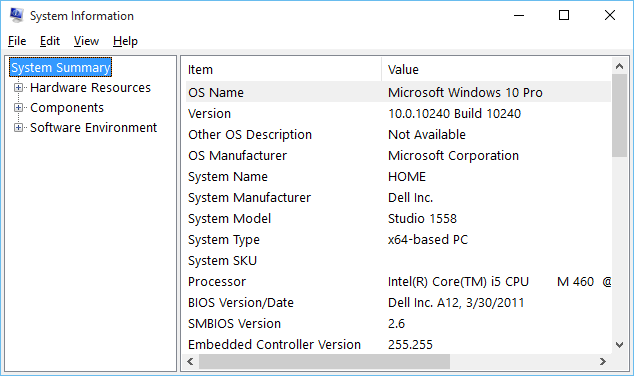

#"Removed Other Columns" = Table. Source = Folder.Files(paramRootFolderSearch), LenRootFolderSearch = Text.Length(paramRootFolderSearch), ValueRootFolderSearch = paramRootFolderSearch,

This query provided the data for me to create a pivot table ( >, ), and I was able to identify a few files that I could deleted which cleared up a lot of space in my directory.
b /a:d > C:\folderList.txt current output <I use this code for folder list dir C:\Temp\. Follow these steps for using Windows explorer to show folder size method: Go to File Explorer Options. I used this as a guide: MSSQLTips: Retrieve file sizes from the file system using Power Query. 17 I want a simple solution for list of folders and size of them in either txt or csv format. The script below can be pasted into a Blank Query The only thing you'll need to do is add a parameter named "paramRootFolderSearch" then add your value, such as "C:\Users\bl0040\Dropbox\". But if you are open to using PowerQuery (Excel add-in, versions 2010+) then you can create some pretty compelling file size analysis. I realize this question asked for file size analysis using CMD line.


 0 kommentar(er)
0 kommentar(er)
